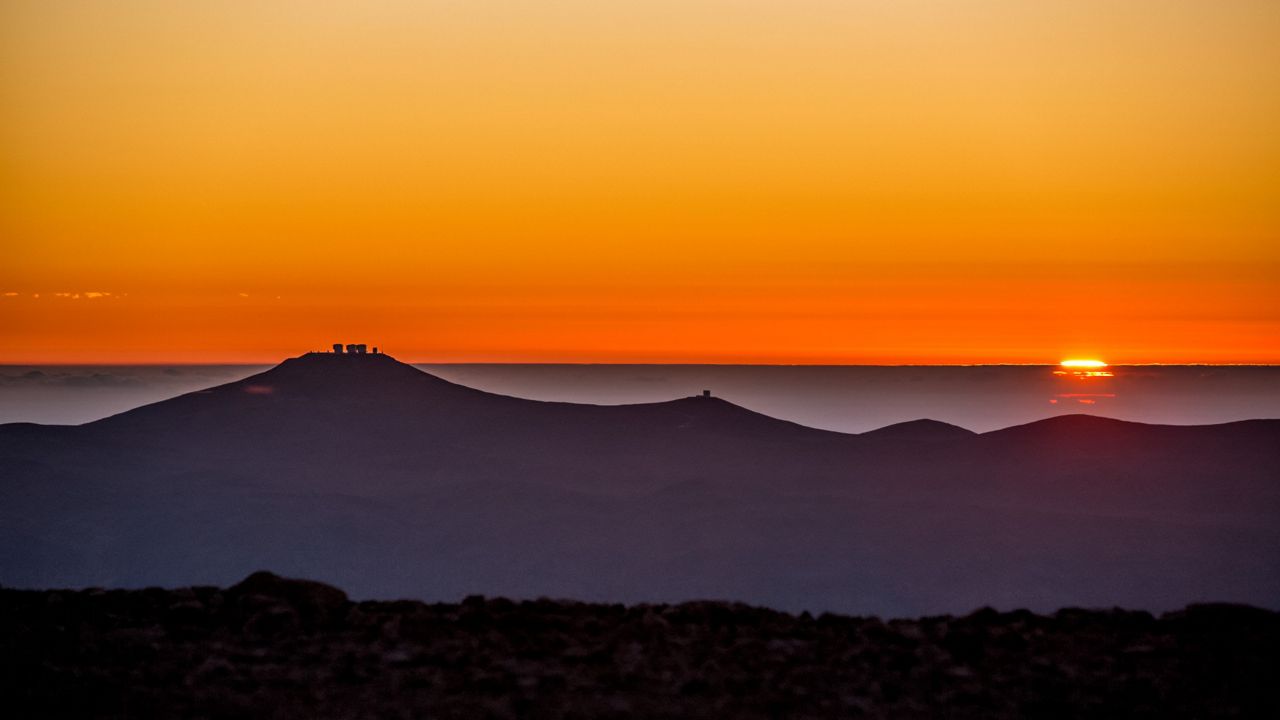We can all appreciate a beautiful sunset-- the colors, the contrasts, and the feeling of calmness and tranquility it can give off.
But if earth sunsets give you that "been there, done that" vibe, you can now see what a sunset might look like from other planets!
What You Need To Know
- A new computer model aims to show how sunsets look on other planets
- As the sun sets, planets rotate away from the light
- As they do, photons scatter in different directions, creating vivid colors
- The modeling will help us understand more when we eventually travel to these planets
Geronimo Villanueva, a planetary scientist from NASA's Goddard Space Flight Center in Greenbelt, Maryland has created a computer model that can simulate sunsets from other planets. Specifically, he has been building a modeling tool in preparation for a future mission to Uranus.
The hope is that one day, a probe would be able to travel through the atmosphere of this far-out planet and through the measurement of light, determine its chemical makeup.
As with many aspects of scientific research, simulations are useful in testing theories before the more expensive applications are created. In this case, Villanueva simulated what sunsets would look like to the perspective of a person standing on Uranus (as well as the other planets in the experiment).
He started first by using the sky colors observed on those worlds. During a sunset, all planets rotate away from the light of the sun. As they do, photons scatter in all different directions, creating the vivid colors we enjoy when the sun goes down.
Contrast of Colors
Take a look at the differences in colors observed in the simulation from other planets and the moon Titan:
In each case, the white dot represents the sun relative to the planet or moon. As an example, here on earth, we see a halo of light. Because our atmosphere contains water droplets, haze, fog and clouds, the scattering of the particles creates that familiar hazy color.
By the way, Venus rotates much slower than earth, so you'd need to wait around 116 times as long as you would on Earth. (Not that you'd want to, since the temperatures at Venus's surface are about 880 degrees!)
Looking Toward The Future
While it's fun to watch these simulations, there is a real scientific point to them, as we prepare for future missions to other planets - including Uranus, which we still don't know much about. With this simulation's data on board, a future probe would be able to determine what might make up the atmosphere as it absorbs sunlight, and what kind of composition helps scatter that light.
With other manned missions in the works for planets like Mars, it will be interesting to one day see these simulations become realities, as our scientists and astronauts record these light shows for themselves.



